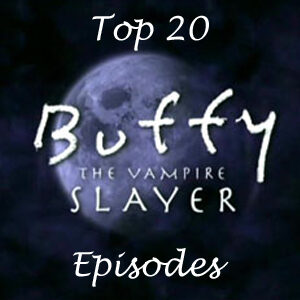Working from a screenplay by returning writer David S. Goyer, Guillermo del Toro probably didn’t know it at the time, but he directs “Blade II” (2002) as a trial run for “The Strain,” his 2014-17 TV series. The creature effects are strikingly similar across both projects, namely the next strain of vampires. In “Blade II,” their human mouths open “Predator”-style, and in “The Strain,” they reveal tubes that can strike from a distance — “Alien”-style, to the extreme.
Preparing for ‘The Strain’
The heroes of “The Strain” – which del Toro co-created with Chuck Hogan, starting with a book trilogy from 2009-11 — spend a lot of time hunting “munchers” in the sewers, and pretty much all of “Blade II” is underground. We’re still in that early phase of a monster saga wherein the public doesn’t know about vampires – even though there are two distinct strains running loose in this unnamed city, plus the daywalker Blade (Wesley Snipes) – so therefore the action takes place in the shadows.
Blade and the natural-born vampires – both operating under the “enemy of my enemy is my friend” theory – team up to hunt to the super-strain vampires, younger versions of which crawl and scamper on walls and ceilings in another “Strain” parallel.

“Blade II” (2002)
Director: Guillermo del Toro
Writers: Marv Wolfman, Gene Colan, David S. Goyer
Stars: Wesley Snipes, Kris Kristofferson, Ron Perlman
Ultimately, “Blade II” is at the same level of quality as the 1998 original, but it’s because it does some things better and some things worse. Goyer and del Toro have figured out that Snipes is a top-notch action hero but not much of an actor, so they don’t even try to give him any performance-driven moments; they pile on the one-liners and make him look cool.
Standing in a pool of sewer water but still sporting his black combat gear and shades, Blade announces, “You obviously do not know who you are f***ing with!,” then pulls the pin of a sunlight-mimicking grenade specially designed to kill the super-strain vampires.
Awesome visuals
The visuals of those UV bombs blowing up vampires are awesome, and the effects team has also perfected the basic vampire stakings, as the bodies burst into embers that seem tangible, rather than CGI. The creature effects team also knocks it out of the park with the super-vampires, particularly in a wonderfully disgusting autopsy scene where we learn the physiology: Those massive mouths include paralyzing stingers, and their hearts are encased in bone, making them difficult to stake.
I’m describing a pretty awesome movie at this point, but then there are the serious weaknesses. “Blade II” has not one but two major characters whose arcs left me baffled. First, Whistler (Kris Kristofferson) returns, even though he shot himself while on his deathbed in the first film (admittedly off-screen, but still).

Blade rescues his mentor from a lab where he had been alternately tortured and healed by the natural-born vampires (with whom he later reluctantly teams up against the super-strain vamps). But Blade also says something weird about how Whistler betrayed him, and how he had to fight him many times.
Strange developments
Also strange is Scud (“The Walking Dead’s” Norman Reedus). He’s the tech guy, building all these cool weapons for Blade in Whistler’s absence. Well, it turns out he’s actually a familiar to the natural-born vampire clan, and he betrays Blade.
This part isn’t confusing – it’s a straight-up movie twist, albeit a depressing one since I liked Scud – but what is strange is the bomb that Blade had planted in the back of the head of Reinhardt (Ron Perlman), the natural-born vamps’ top soldier.
It’s supposedly a dud, as per Scud’s trickery, but Blade says he knew Scud was a turncoat, so therefore he had replaced the dud with a working bomb. He uses it to blow up Scud – who is harmless as a combatant – rather than Reinhardt, who he then has to fight in person. It’s Blade’s worst tactical move of the saga so far, but I’m not sure if it was intended that way or if it plays that way because of unclear writing and/or editing.
Ultimately, “Blade II” is as good as a movie can be while having major threads that make little or no sense. It’s a visual feast, and it’s fascinating to observe the project wherein the gears of del Toro’s mind started spinning to produce “The Strain.” Now I’m on to the bonus features and podcasts to see if someone can explain what the hell is up with Whistler’s story.

